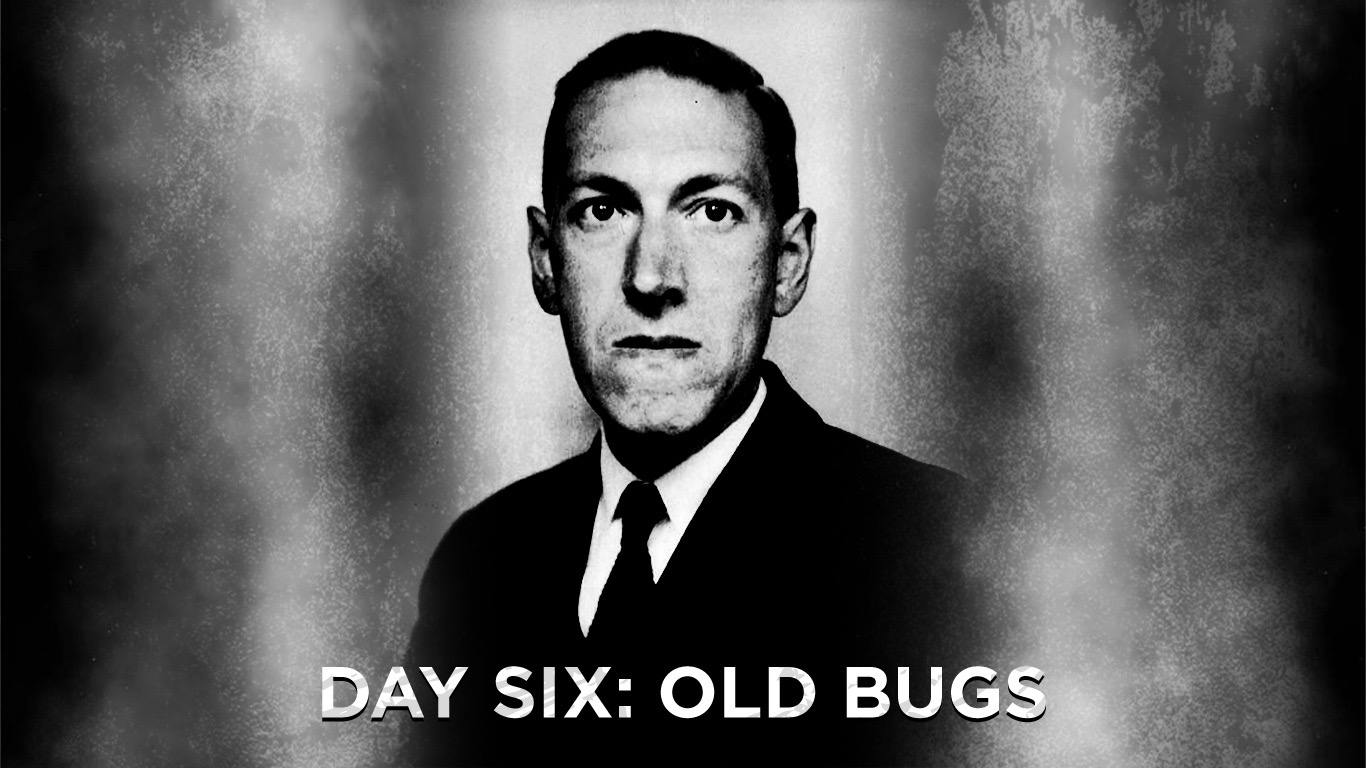Old Bugs

One of the strange and eldritch pleasures in traversing the labyrinthine depths of H.P. Lovecraft’s literary oeuvre is the occasional uncovering of tales previously unknown, like forgotten relics buried beneath the sands of time. Such a discovery is “Old Bugs,” a curious departure from the cosmic dread that so often permeates his works. Here, Lovecraft weaves not a tale of unimaginable horrors lurking at the edges of our reality, but a morality play, quaint and unexpectedly grounded in the human experience.
The old man would then rise from the floor in anger and excitement, muttering threats and warnings, and seeking to dissuade the novices from embarking upon their course of “seeing life as it is”.
Set during the grim days of Prohibition, Chicago’s Sheehan Billiard Room becomes a bleak refuge for souls lost to vice and despair. Within its shadowed walls toils Old Bugs, a man corroded by his own ruinous choices, yet possessing fleeting glimpses of a once-refined intellect. When young Alfred Trever, lured by his friend Pete Schultz into this pit of moral decay, steps through the tavern’s ill-fated doors, Old Bugs, in a rare moment of lucidity, pleads with the boy to turn away from the path that consumed him. It is a simple tale, but one that holds a quiet horror of its own—the horror of human frailty, and of lives unraveled not by cosmic forces, but by the slow, inevitable decay of the self.